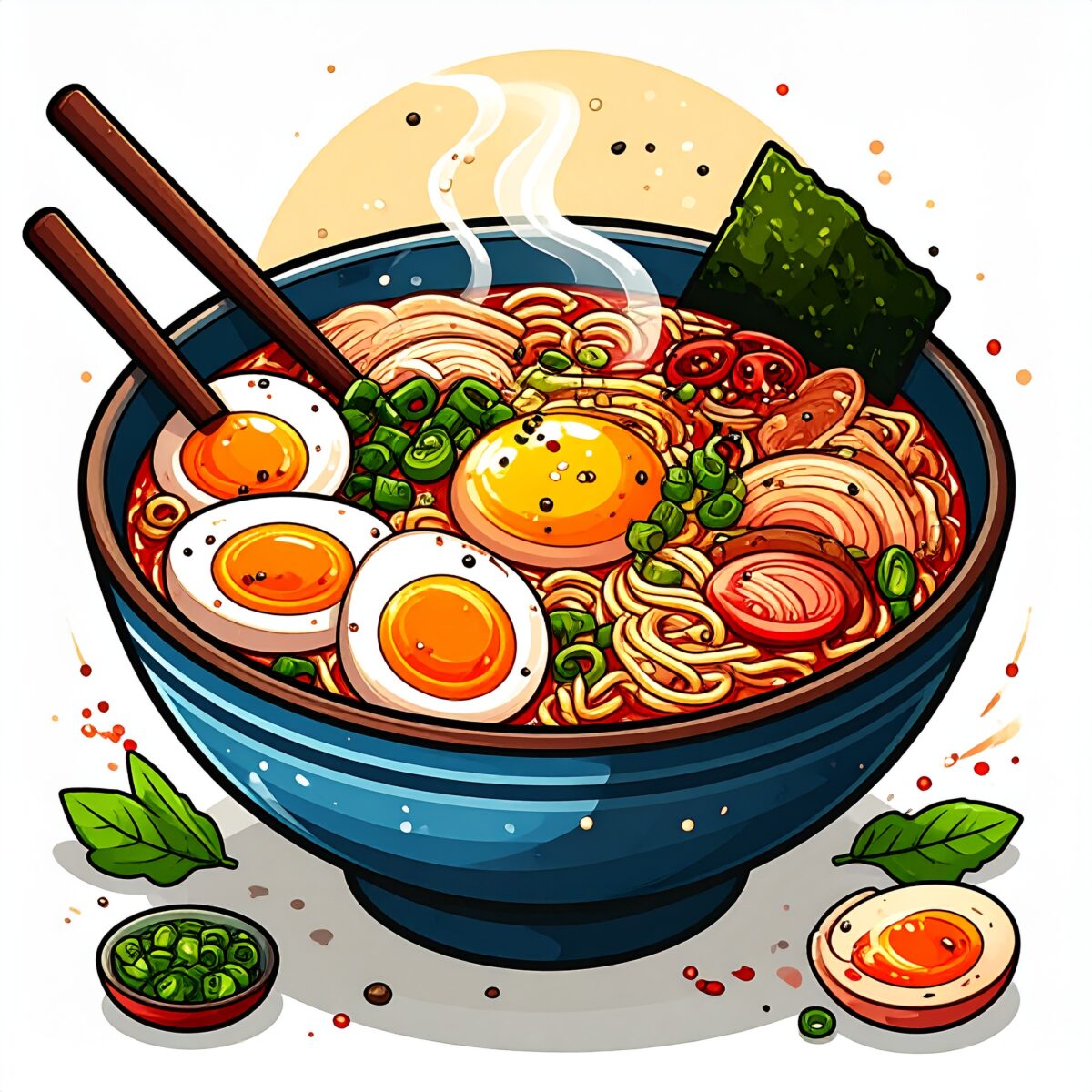MENSHO: Elevating Ramen into Entertainment through Experiential Design
MENSHO stands as a pioneer of sensory branding, treating ramen not simply as food, but as a vehicle for communication—a gateway to Japanese culinary culture reframed as an intuitive, emotive experience.
At the heart of its philosophy lies the intentional design of experience—transforming the act of eating into a form of visceral entertainment.
1. Innovation Beyond the Bowl
MENSHO distinguishes itself not merely by how it prepares ramen, but by how it stages the experience. Unlike conventional ramen shops, where process remains behind the scenes, MENSHO turns its kitchen into a canvas—fully transparent and deliberately performative.
The counter is designed as an open, spatially orchestrated platform. Chefs wear sleek, minimalist attire—free from branding or distraction—evoking the precision and calm of a curated art installation. Every motion, every ingredient, is displayed with intent: to be seen as well as savored.
2. Ramen as Visual Storytelling
Every bowl at MENSHO is created not just for taste, but for imagery—engineered to be photographed, shared, and remembered.
Color contrasts, glistening highlights, and intricate ingredient placement evoke the composition of a digital game or painting. It’s a bowl designed to be talked about, shared on social platforms, and revisited in memory long after the last bite.
3. A Global Vision: Cultural Experience Through Ramen
MENSHO has expanded well beyond Japan, establishing presence in cities like San Francisco, Stockholm, and New Delhi. But it doesn’t merely export a product—it curates a cultural experience.
Each international location offers a thoughtful fusion of traditional Japanese ingredients and techniques with local, often unexpected elements. The result is a bowl of ramen that serves as a convergence point—one that reimagines Japanese cuisine as global entertainment, and MENSHO as an ambassador of culinary diplomacy.
4. Design-Driven Management: From Commerce to Cultural Expression
Founder Hiroaki Shono began not in food but in civil engineering. His transition into ramen brought with it a unique mindset—one that treats each bowl as a crafted object, and each store as a performative space.
This design-led approach integrates small-batch craftsmanship, aesthetic theater, and a deeply intentional narrative structure. From plating and tableware to spatial layout and brand storytelling, every element is executed with precision.
MENSHO thus elevates ramen from comfort food to cultural artifact—a product of taste, design, and emotional engagement.
Conclusion: The Future of Ramen Is Sensory Commerce
MENSHO’s strategy is not defined by taste alone, but by the integration of flavor, visual storytelling, hospitality, and local cultural resonance. In doing so, it cements its thesis: Ramen is entertainment.
More than just a trend, MENSHO represents a model of sensory commerce—where food becomes a medium for cultural dialogue and emotional engagement, and where ramen, reimagined, leads the charge into the future of global Japanese cuisine.




